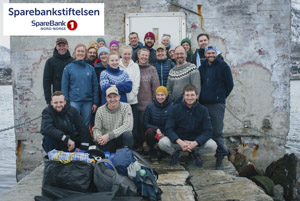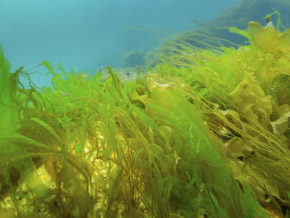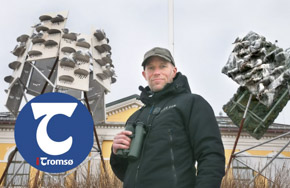April 10, 2022
The 2022 snow sampling campaign has come to an end. Many thanks to our citizen scientists for participating in the ISLAS project! We have now returned the samples to our research partner at the University of Bergen.
What is the ISLAS project?
ISLAS stands for ISotopic Links to Atmospheric water’s Sources. This project was initiated in 2019 by Professor Harald Sodemann, a meteorologist from the University of Bergen, Norway. The project’s objective is to better understand how water fluxes move across the atmosphere, where water evaporates, how long it remains in the atmosphere and where it precipitates. Ultimately, this study will help improve the weather forecast models, and the prediction of future climate.
A combination of measurements
During Easter, citizen scientists have sampled snow for the project in Northern Norway, Sweden and Finland. In parallel, many professional scientists have participated in the project too. From Kiruna (Sweden), Andenes (Norway) and Ny Ålesund (Svalbard, Norway), weather balloons were launched from several locations while ground stations ran high-resolution paired measurements of water vapor and precipitation. Additionally, isotope measurements were done at low altitude over the sea ice during an intense aircraft campaign.
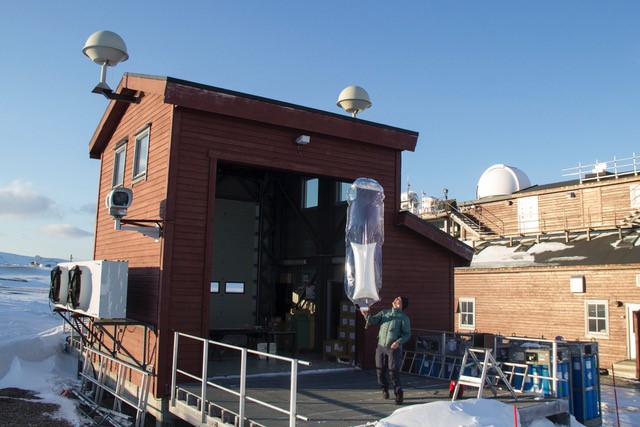
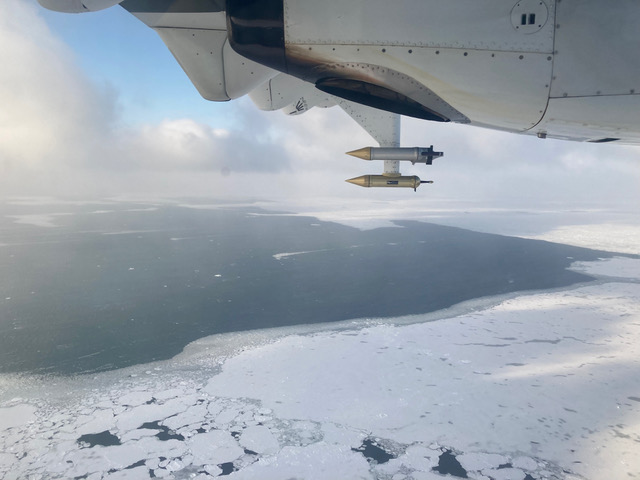
Climate change influences the water cycle and the origin of snow
The global atmosphere can be considered as a stable reservoir for water vapor. New water vapor continuously enters the atmosphere through changes originating from the ocean and land surface, and is removed by precipitation (i.e., snow and rain). In the long term, this stable system is in mass balance. The virtual reservoir reflects the timescale of how long water vapor stays in the atmosphere. However, with climate change, the Earth’s atmosphere is getting warmer and the duration of water vapor changes. This residence time changes depending on the region. In some parts the water vapor will be stored for longer periods of time.
In other places it doesn’t even have the time to really accumulate. Exactly how things are changing is still to be explored further, and one of ISLAS’ goals is to bring some answers to that question. For the time being, the hydrological cycle, with its feedbacks related to water vapor and clouds, is still the largest source of uncertainty in weather prediction and climate models. In ISLAS, researchers use stable isotopes to determine the origin of snow (i.e. where water evaporated originally), and the residence time of water vapor in the atmosphere. If you wonder what a stable isotope is, this video by Harald Sodemann is for you.
Wild Lab’s contribution to ISLAS
Collecting snow samples for the ISLAS project was easy and fun! Our contribution will help understand where the water in the snow comes from, how long it stayed in the atmosphere and how clouds produced snow when they met the continent. The samples we have collected will join the ISLAS’ database, which will help improve the weather forecast models, and make climate models more accurate.
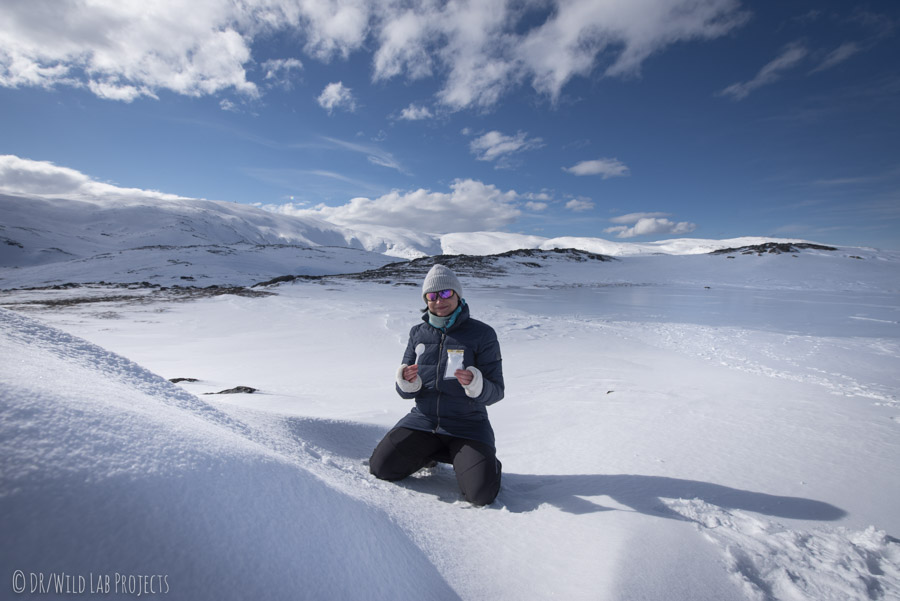
Anyone can participate in the ISLAS’ citizen science campaign, and we strongly encourage all outdoor enthusiasts to do so next year in Norway, Sweden and Finland. Alternatively, you can join us on a little adventure near Tromsø for a day. We will take care of you, we will tell you more about the project and will give you a snow sampling kit. We will snowshoe together to a beautiful spot and will also bring lunch and hot drinks for everyone.
During Easter, we celebrate the return of spring, days are longer and if we ‘re lucky we’ll hear rock grouse call to mark their territory and seduce females. Together, we will go through the methods to make sure our samples are reliable and usable by our research partner, and we will fill out the online form to complete the process. And of course, we will keep you informed about the results as soon as they are available.
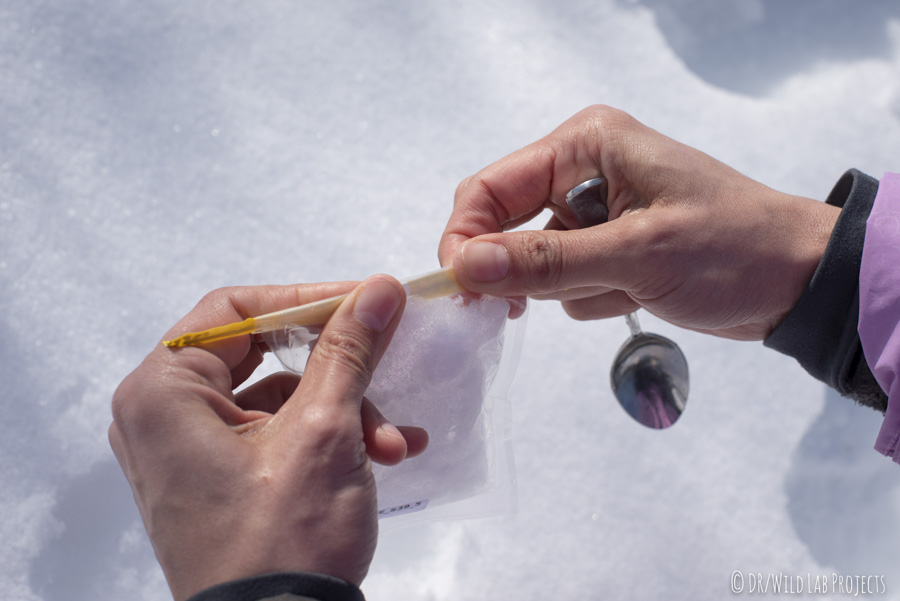
To learn more about the ISLAS project :
University of Bergen page about the ISLAS project:
https://www.uib.no/en/rg/meten/112875/isotopic-links-atmospheric-waters-sources-islas
University of Bergen page about citizen science for the ISLAS project:
https://www.uib.no/en/rg/meten/152668/snow-sampling-citizen-science-experiment-during-easter-2022
University of Bergen page about the ISLAS 2022 field campaign:
https://www.uib.no/en/rg/meten/150202/islas2022-field-campaign

